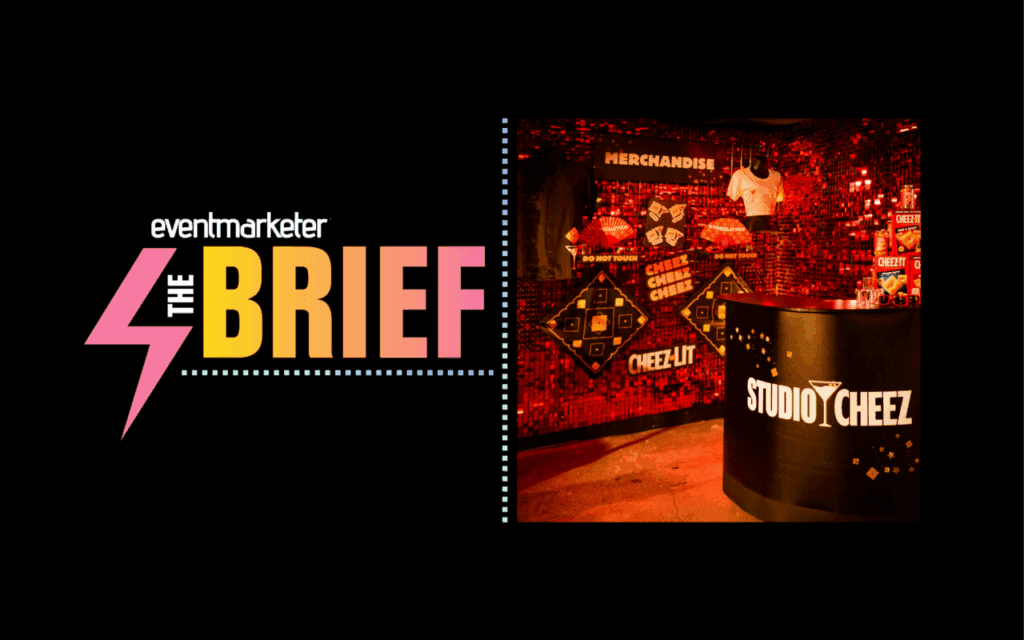Business-to-business marketing may not have the glamorous reputation of its consumer cousin. But that doesn’t mean there aren’t plenty of hot new ideas to help B-to-B companies better acquire and retain customers. Here’s a roundup of new developments to help you meet your business objectives.
DOMAIN-NAME AD TARGETING
As the Internet evolved as a marketing tool, consumer DMers have faced the challenge of marrying an anonymous Web visit with offline data to facilitate targeting. Banner-ad targeting relies on online behavioral indicators like the keywords visitors search on or the pages they viewed in the past (which are recorded by cookies). Unless visitors are persuaded to disclose personal information, there’s not much else a marketer can do to focus the message.
In B-to-B, however, the rules are developing differently. A Web site visitor who’s using an office computer, for example, can be identified by company based on the corporate domain name.
Consulting giant Accenture is already taking advantage of this capability, now offered by the online editions of Forbes, BusinessWeek and The Wall Street Journal. Since Accenture tends to work with companies no smaller than those in the Fortune 1000, it seeks highly targeted vehicles for outbound marketing communications in order to avoid waste. Domain-name ad serving fits the bill perfectly.
To promote outsourcing deals worth $5 million to $10 million among the top 100 electronics and technology firms, Accenture’s communications and high-tech practice had a target list of a mere 30 to 50 potential clients. Marten G. van Pelt, marketing director for the practice, provided his prospect list to several business sites, which then served up the Accenture outsourcing ad only when visitors from those top companies appeared.
“We got great results from this campaign,” says van Pelt. “We negotiated a CPM, or a flat fee. Of course, the cost was higher than normal ad serving, but we had 100% control of the targeting and zero waste. I’d say this kind of targeting is worth it, no matter what the price.”
Forbes.com’s chief advertising officer Bill Flatley advises, “The best use of domain-name targeting is ‘surgical’ targeting in concert with a broader campaign.” He gives the example of a consulting firm involved in a multimillion-dollar systems integration request for proposals. The consultancy ran ads touting its systems integration expertise when visitors showed up at Forbes’ site from a prospective client company. Forbes.com has offered domain-name targeting for the last two years, and charges about a 100% premium for the service. Flatley says the biggest users of the option, other than consultancies, are technology firms and auto leasing companies.
MOBILE MARKETING
Mobile marketing is hot — but unfortunately, the term is being used concurrently for two entirely different marketing tactics. In this discussion, it’s not the technique of delivering text ad messages to cell phones. It’s the more large-scale, on-the-go method of decking out an 18-wheeler as a mobile display and driving the truck around to educate and entertain clients and prospects.
Already popular in the consumer marketing world — think condom distribution at rock concerts — mobile marketing is now entering the industrial market. St. Louis-based Craftsmen Industries created a touring display for HP, which needed a convenient way to show a 10,000-pound Indigo digital printing press to prospects. The 53-foot double-expandable trailer functioned as both a sales showroom and a training classroom on wheels. Over 16 months, the truck visited 2,000 locations and demonstrated the product to more than 6,000 buyers, resulting in direct sales of $20 million plus.
Scrubs & Beyond, which sells equipment to hospitals, used a Craftsmen truck to deliver a retail store directly to the parking lots of busy customers. The 48-foot trailer contained clothing racks, shelves and a cash register, and the outer shell of the vehicle acted as a mobile billboard for the brand when it was on the road or parked.
SeaChange, a maker of digital video servers, used a mobile display to enhance its presence at the 15 trade shows where it exhibits annually. With a 53-foot double-drop trailer, SeaChange was able to reduce its trade show expense by $700,000 but simultaneously improve market share by 30%. Best of all, between shows the truck could tour around to specific clients, in effect extending the value of the trade show concept to an annual marketing strategy.
Says John Salozzo, Craftsmen’s director of marketing, business buyers flock to mobile displays because they’re not only convenient, but a break in the daily routine. “The big advantage to marketers is that the customer touch points are controlled, so you can capture data on visitors to the display and track sales. Our clients tell us that their ROI is fantastic.”
CUSTOMIZED VOICE-MAIL MESSAGING
Any seasoned DMer knows how effective it can be to combine a mail campaign with a phone call. With do-not-call legislation, phone/mail/phone campaigns are generally out of bounds for many marketers.
For now, B-to-B is exempt from DNC. But the problem for business marketers is that business buyers are never at their desks to take the call. Voice-mail campaigns delivered by auto-dialers give sketchy results when trying to navigate through receptionists and corporate voice-mail systems. But there’s a new solution — “guided” voice mail.
Here’s how it works: The marketer records a message (or multiple messages) and a team of call center reps makes sure it gets delivered to the right voice-mail box. The extra push by a human rep means respectful use of the voice-mail system, and connect rates and response rates that are far higher (as much as 700%) with the guided support.
Guided voice mail was pioneered by Boxpilot, a Canadian firm. According to founder Mika Kaitila, “There’s nothing more powerful in business-to-business than the human voice. You need to convey your enthusiasm about your offer, to get people truly interested in responding to you.” An extra bonus: Live agents feed back to your database updated information on phone numbers, titles and other changes elicited from the call.
Boxpilot’s program is being used for communications of all sorts — from event invitations to lead nurturing, to channel support and product announcements. Dan Ziman, senior manager for worldwide direct marketing at the service-oriented architecture software firm Tibco Software Inc., tried Boxpilot in tandem with cold e-mail. He used a list rented from the Business E-mail Network to generate subscribers for an online journal targeted to IT architects and developers. Through testing and analysis, Ziman found that guided voice mail followed up by e-mail was twice as effective as e-mail alone.
TURBOCHARGING INSIDE SALES
Most business marketers deploy multiple sales channels, often combining field salespeople assigned to large accounts with phone-based sales reps covering lower-value customers. These so-called inside sales reps can manage many more accounts than their field counterparts, and they may be responsible for the same, or even more, revenue.
But it’s tough when an inside sales force is asked to contact inquirers or keep in touch with cold or dormant customers. Outbound dialing generally is ineffective, and e-mail by itself is not working thanks to corporate filters and that handy “delete” key.
The ideal situation, however, just may be inside reps who’re able to send customized outbound e-mail; they can combine an e-mail alert with a real-time conversation. WarpSales, a new Web-based platform from Acrelic Interactive, is making this happen.
Here’s an example related by WarpSales president and CEO David A. Rosen. Say the rep sends a personalized e-mail to a list of 3,500 inactive contacts from the company’s database. These contacts have been dormant for more than a year.
The e-mails are sent in batches. As they arrive and are opened, the WarpSales system notifies the rep, indicating the ideal time to make an outbound call. Not only does the rep know the target prospect is online, but he also can keep track of whether the target clicked through from the e-mail, and what Web pages were viewed. The phone call thus has a much higher chance of being answered, and the conversation can be tailored to be more relevant than usual.
In this example, according to Rosen, two inside reps were able to connect and qualify 489 of the 3,500 contacts in six days over two weeks, and achieve a 40% live connect rate. Compare this with typical B-to-B connect rates of around 10%. Of those contacted, 171 (35%) converted to a qualified lead and were passed to outside sales for follow-up.
Computer Associates found that WarpSales tripled its connect rates to 35% in the first 60 days of use. Matt Kalmenson, vice president of sales for CA’s 500-person inside sales center, says: “WarpSales is like a sales assistant working the background, lining up the next opportunity. We’re starting to see not only a higher quality lead, but a fuller pipeline and higher conversion rates.”
RUTH P. STEVENS (ruth@ruthstevens.com) consults on customer acquisition and retention, and teaches marketing to graduate students at Columbia Business School. She is the author of “The DMA Lead Generation Handbook” and “Trade Show and Event Marketing.”
 Network
Network


